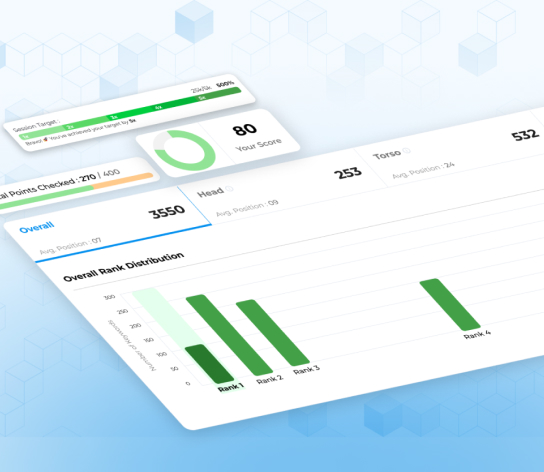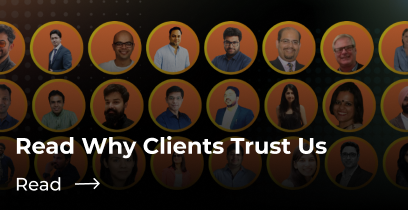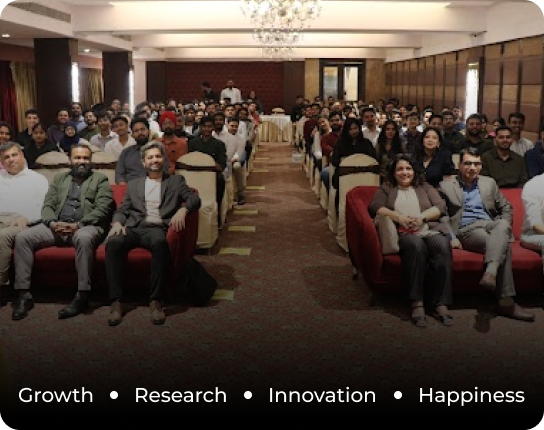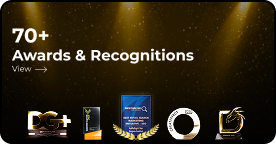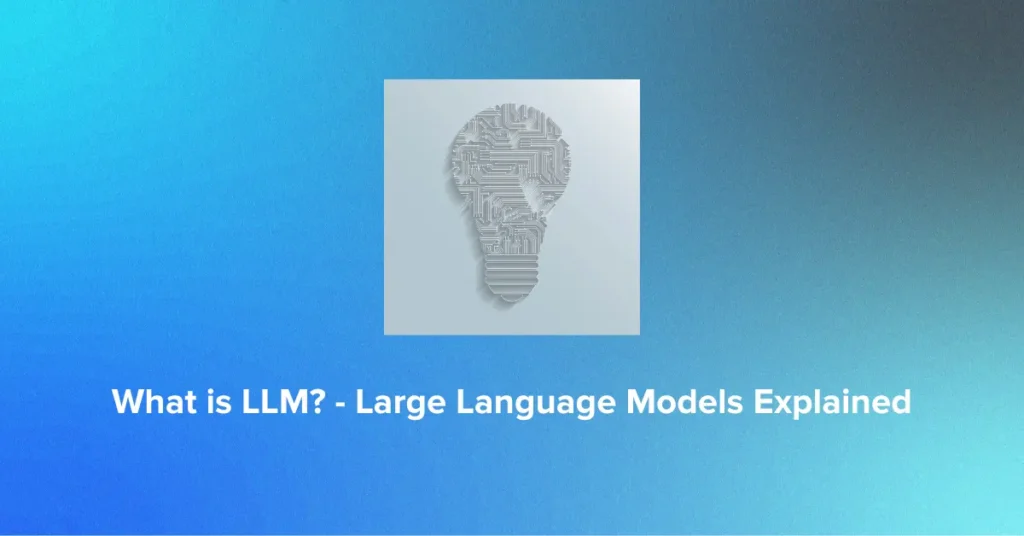Let’s Connect & Accelerate Your Organic Growth
- Your data is properly secured encrypted by SSL
On the ever-evolving horizon of artificial intelligence, no technologies have sparked as much popular fascination as Large Language Models (LLMs). From driving chatbots to revolutionizing content creation, LLMs are the dynamic drivers of some of the most stunning AI implementations in the world today. But what exactly is an LLM, and why are they transforming industries around the world?
Understanding Large Language Models
Large Language Models are sophisticated artificial intelligence models that are trained on enormous text datasets to understand, generate, and manipulate human language. Large Language Models are based on deep learning techniques, namely transformer architectures, to study and create text that emulates human language closely.
The term “large” in LLM refers to both the massive datasets the models are trained on and the massive numbers of model parameters. Modern LLMs can have billions or even trillions of parameters, which allow them to learn sensitive patterns in language and generate extremely coherent responses.
How Large Language Models Work
LLMs operate via machine learning, to be specific, via neural networks trained on a variety of sources of text, including books, articles, websites, and other written materials. The models are taught to predict the next word in a sequence throughout training, gradually developing an appreciation for grammar, context, and even fine points of human communication.
The training entails:
- Data Collection: Gathering vast collections of texts from various sources
- Preprocessing: Cleaning and organizing data for training
- Training: Using computation to teach the model about language patterns
- Fine-tuning: Tuning the model for specific tasks or use
Key Features of Modern LLMs
-
Natural Language Understanding
LLMs are very adept at contextualization, sentiment, and intent analysis in text and can hence have smart conversations and provide appropriate answers to probing questions.
-
Text Generation
These models possess the ability to produce human-like text in many different formats, like articles, stories, code, email, and creative writing, and all while being consistent and coherent.
-
Multilingual Capabilities
There are a number of LLMs today that support multiple languages and enable applications on a global scale as well as cross-cultural communication.
-
Task Versatility
From translation and summarizing to creative writing and problem-solving, LLMs demonstrate great versatility in a wide range of applications.
Current Trends in Large Language Models
-
Multimodal Integration
The latest trend is to combine text processing with other modalities like images, speech, and video, and produce more general-purpose AI models that can understand and generate content in diverse formats.
-
Specialized Domain Models
Businesses are developing LLMs for specialized domains like medicine, finance, and law firms that offer more accurate and relevant answers within specialized domains.
-
Efficiency and Optimization
Researchers are focusing on creating smaller and more efficient models with better performance and lower computation requirements, making LLMs cheaper and cost-saving.
-
Real-time Applications
Implementing LLMs in real-time systems is enabling instantaneous language translation, live content moderation, and dynamic customer support.
Applications Across Industries
-
Content Creation and Marketing
LLMs are revolutionizing content marketing into customized blog posts, social media updates, and ad copy, allowing companies to scale content production without compromising quality.
-
Education and Training
Educational institutions leverage LLMs for one-to-one mentoring, essay correction, and creating adaptive learning experiences that adjust according to the needs of individual learners.
-
Healthcare
In healthcare settings, LLMs assist with documentation, communication with patients, and even supporting early diagnosis, but always under professional supervision.
-
Software Development
Developers use LLMs to write code, help debug, and generate documentation, significantly accelerating the software development process.
-
Customer Service
Businesses apply LLM-enabled chatbots and digital assistants to provide 24/7 customer support, responding to repetitive inquiries and referring complicated issues to human agents.
Challenges and Considerations
-
Bias and Fairness
LLMs inherit biases from their training data and reproduce them in unfair or biased answers, requiring careful dataset curation and ongoing monitoring.
-
Accuracy and Hallucination
Even with the impressiveness of LLMs, they are occasionally capable of generating sounding-true but not factually true information, a process known as “hallucination.” End users must double-check critical information themselves.
-
Privacy and Security
LLM training’s gigantic data needs bring out privacy issues and the learning and copying of sensitive data unintentionally.
-
Environmental Impact
Heavy computational resources are needed to train large models, and they play a significant role in heavy energy usage as well as environmental issues.
The Future of Large Language Models
The way of LLM development is towards even more capable and powerful systems. Some of the future trends are:
- Autonomous Agents: LLMs that are capable of performing complicated tasks independently, in collaboration with other tools and systems to accomplish goals.
- Personalization: Models that become aware of individual users’ preferences, communication patterns, and specific needs.
- Integration with Robotics: Combining language understanding with physical action to develop more sophisticated robotic systems.
- Better Reasoning: Developing models with stronger logical reasoning and problem-solving skills.
Getting Started with LLMs
For businesses and individuals who want to leverage the use of LLMs, there are several methods:
- API Integration: There are many companies that offer LLM capability through APIs, allowing developers to integrate language processing into applications without trying to build models from scratch.
- Pre-trained Models: There are open-source and commercial pre-trained models that serve as a reference point for specific uses.
- Custom Training: There are enterprises with specific requirements and sufficient resources where custom LLMs can be developed, tailored to their requirements.
Conclusion
Large Language Models are a paradigm shift in how we are communicating with technology and consuming information. The future of these technologies offers open new doors to possibility in almost every discipline and area of human enterprise.
Knowledge of LLMs is no longer only necessary for tech professionals – it’s becoming something that anyone who wants to succeed in an increasingly AI-based environment needs to know. Whether you’re a corporate executive examining opportunities for automation, a content creator trying to maximize productivity, or just interested in what the future holds for technology, Large Language Models will be a critical part of creating our digital future.
The key to success is understanding the potential and the limitations of these great tools, employing them prudently while maintaining their full power as a means to solving actual problems and enhancing human capabilities.
Popular Searches
How useful was this post?
4.5 / 5. 4


